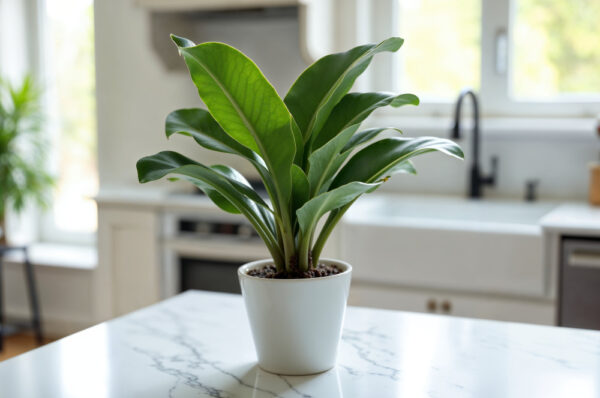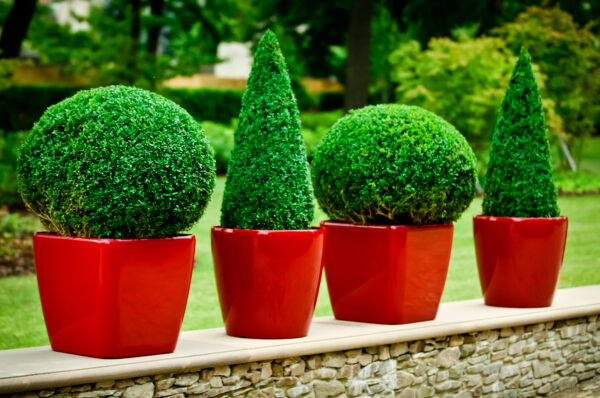When it comes to setting the perfect dining table, the debate between bone china vs ceramic is a common one. Choosing the right tableware is not just about functionality, it also reflects your personal style, dining preferences, and lifestyle. Whether you’re hosting a special occasion or enjoying a quiet dinner at home, your plates, bowls, and serveware can enhance the entire experience.
Bone China vs Ceramic: Understanding the Basics
To make an informed decision, it’s important to understand the difference between ceramic and bone china. Both are popular choices, but they cater to different needs. We specialize in ceramic tableware and ceramic planters, ceramic pots, tabletop pots etc. Let’s explore how ceramic and bone china differ.
What is Bone China?
Bone china is a refined and lightweight material known for its smooth, glossy finish and subtle translucency. It gets its name from the bone ash added during its production, which enhances its strength and whiteness.
Key Features of Bone China:
- Contains bone ash, kaolin, and feldspar
- Luxurious and elegant in appearance
- Surprisingly strong for its delicate look
- Commonly used for formal dining settings
What is Ceramic Dinnerware?
Ceramic dinnerware is made from natural clay and includes a wide variety of products such as earthenware, stoneware, and porcelain. Unlike bone china, bone china ceramic is not a term used for actual ceramic tableware; they are distinct types.
We focus on ceramic products due to their durability, affordability, and artistic appeal.
Types of Ceramic Dinnerware:
- Earthenware
- Rustic, thick, and slightly porous
- Fired at lower temperatures (1000–1150°C)
- Best suited for decorative or light use
- Stoneware
- Stronger, more durable, and heavier than earthenware
- Fired at medium to high temperatures (1100–1300°C)
- Ideal for daily use with matte or glossy finishes
- Porcelain
- A refined type of ceramic
- Fired at high temperatures (1200–1450°C)
- Smooth, glossy, and elegant
Bone China vs Ceramic: A Comparison Table
| Feature | Bone China | Ceramic Dinnerware |
| Composition | Bone ash, kaolin, feldspar | Natural clay (stoneware, earthenware, porcelain) |
| Durability | High, yet delicate | Varies; stoneware is very durable |
| Weight | Lightweight | Generally heavier |
| Appearance | Glossy, translucent | Available in various textures and finishes |
| Microwave Safe | Yes, handle with care | Mostly yes, depends on glaze |
| Dishwasher Safe | Handwashing preferred | Yes (stoneware & porcelain) |
| Best For | Formal dining | Everyday use & decor |
Why Ceramic Might Be the Better Choice
If you’re looking for practical and aesthetic dinnerware, ceramic wins in everyday functionality. Here’s why:
- Versatility: Ceramic dishes come in various styles, colors, and finishes to match any kitchen or table.
- Durability: High-quality stoneware is long-lasting and chip-resistant.
- Affordability: Ceramic is usually more budget-friendly than bone china.
- Eco-Friendly Options: Ceramic products can be more sustainable depending on the manufacturing process.
Plus, HOCC ceramic tableware is designed to pair beautifully with our ceramic planters. Imagine a dining setup where your plates and your indoor plant decor follow the same aesthetic theme.
Caring for Your Tableware
No matter which option you choose, proper care ensures longevity.
Bone China Care Tips:
- Avoid sudden temperature changes
- Hand Wash delicate designs
- Store with padding to prevent chipping
Ceramic Care Tips:
- Most ceramic dishes are dishwasher and microwave safe
- Avoid metal scrubbers to preserve the glaze
- Don’t stack heavy pieces too high
When choosing between bone china vs ceramic, consider your lifestyle and design preferences. Bone china offers timeless elegance for formal occasions, while ceramic dinnerware provides durability and style for everyday use.
We believe in combining function with beauty. Our curated collection of ceramic dinnerware and ceramic planters is perfect for creating cohesive home aesthetics.
Explore our ceramic collections today!





